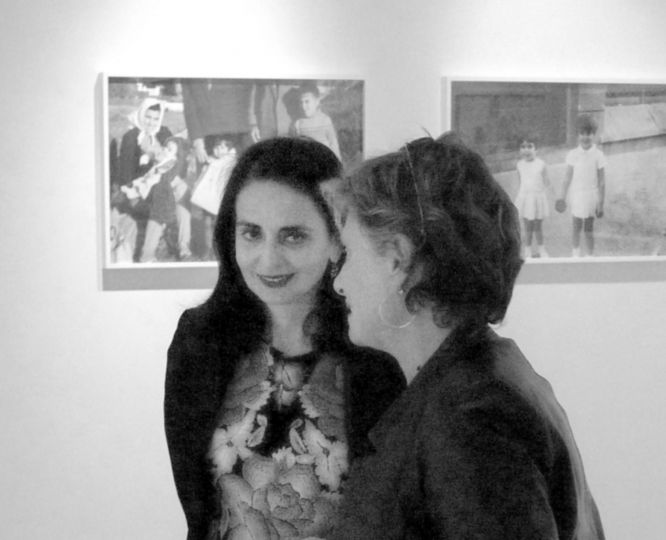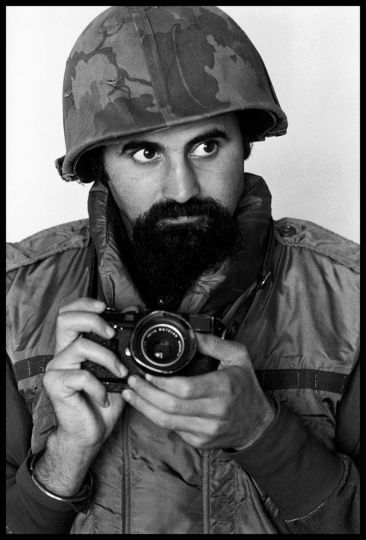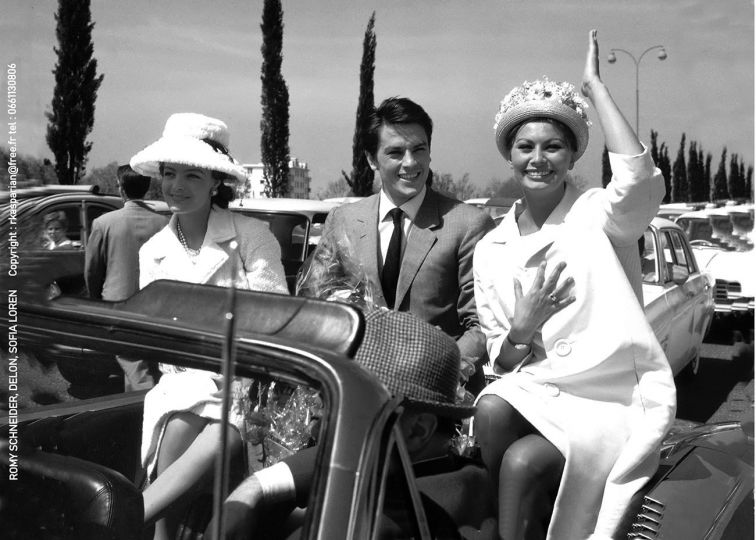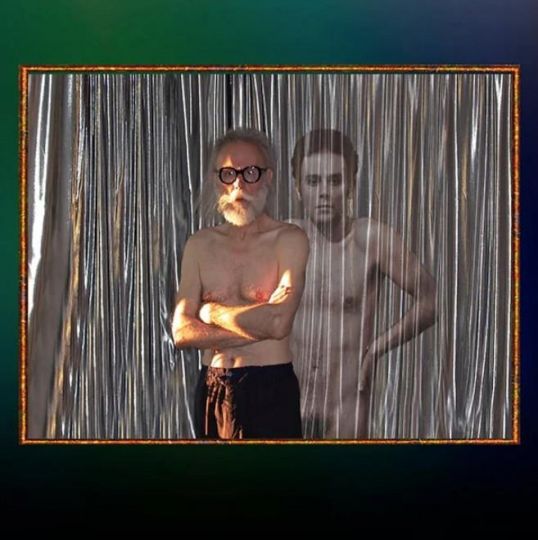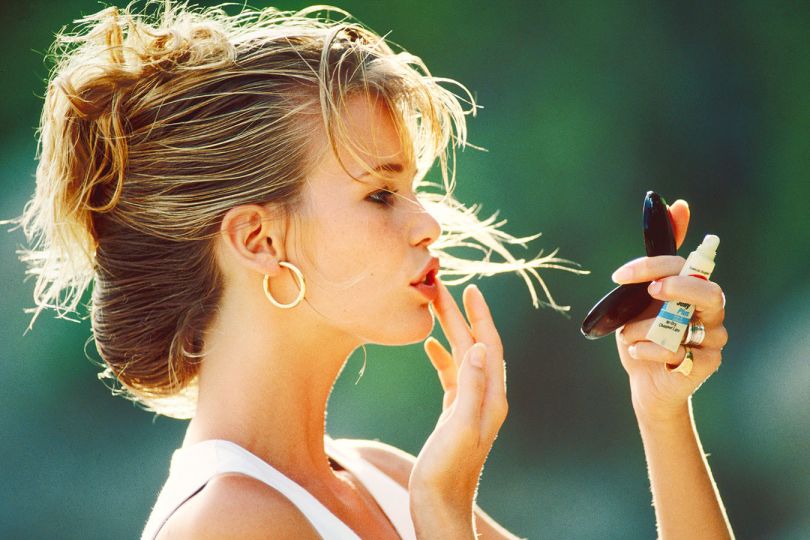Archives – October 2012
Clarence Sinclair Bull‘s long association as a photographer with the studio that would become Metro-Goldwyn-Mayer began when producer Samuel Goldwyn hired him in 1919. Managing to survive the commotion of the consolidation of the Hollywood studios in the early and mid 1920s, Bull found himself at the helm of MGM’s stills department when the studio was formed in 1924 and stayed there until retiring in 1961. The enormity of MGM’s output of films in the 1920s — they advertised a new feature every week — saw Bull’s domain grow. He was responsible for managing MGM’s staff of photographers and the large support crew of technicians needed to develop, re-touch print and collate the hundreds of thousands of prints distributed annually by MGM’s publicity department. At least one photograph from the 1920s shows Bull with nine stillsmen who juggled the task of shooting photos on as many as a dozen films that might be concurrently in production.
At MGM, like the other studios, these men, and it was almost an exclusively male profession, worked six days a week and often long hours each day. Generally one photographer was assigned to a production and as filming was underway, he would document each scene using an 8 X 10 view camera. These cameras not only had lenses with sharp resolution, but contact prints could be made from the negatives quickly and in enormous quantities. The stills made for each film were numbered sequentially and gathered together in a book. Still photographers also created the images used for poster art, lobby cards and other forms of advertising conceived by imaginative publicity chiefs and their staffs.
John Kobal developed a close relationship with Bull and his wife Jeanne, and one result of the time they spent together is that we know more about Bull’s life and career than practically any other Hollywood photographer. Kobal not only collected Bull’s photographs and negatives and quizzed him endlessly about studio life, but he also inherited Bull’s scrapbooks and albums of photographs including work that had nothing to do with Hollywood.
Bull took portraits throughout the 1920s although administrative duties curtailed (but did not eliminate) his availability for time-consuming gallery sessions, especially after Ruth Harriet Louise was hired in 1925 as MGM’s portrait photographer. This was not a demotion for Bull, as Louise reported directly to Pete Smith, the head of publicity, and Bull’s duties remained unchanged. Still, Louise and Bull seem not to have gotten along and he never mentioned her in interviews or his writings after she left MGM in late 1929.
Louise’s work, however, did influence Bull, who started to emulate her soft-focused pictorialism in 1927. Perhaps challenged by Louise’s talent and craft, by the end of the 1920s Bull had matured as a photographer. Though sometimes outshone by Louise in the late 1920s (and later by his colleague Hurrell in the early 1930s), at his best Bull was equal to both. Bud Graybill, who shot stills under Bull’s supervision for over twenty years starting in the mid 1930s described him in a letter to Kobal (dated January 29, 1978) as “the quintessence of photographers.” “His negatives were near perfect in exposure…the imaginative work he did over a period of roughly 40 years was never to be topped.” After Louise left MGM at the end of 1929, Bull distinguished himself as Garbo’s exclusive photographer, which must have made him the envy of his peers regardless of studio.
Chances are if you have seen a portrait of Greta Garbo other than Edward Steichen’s iconic image, it is the work of Bull. With the exception of one session, Bull and the reclusive actress worked together exclusively in the portrait studio from 1929 to 1941 and their collaboration resulted in a body of imagery unmatched in Hollywood photography. Reminiscing with Kobal, Bull spoke of Garbo’s extraordinary concentration and described her working methods as “businesslike.” She was “his easiest subject,” surprising given Garbo’s status as the studio’s biggest star. Garbo was one of Kobal’s favorites and he took care to understand her sittings with Bull and the way Bull carefully shaped her image through the years. Kobal worked with Bull to produce a limited edition portfolio of Garbo photographs printed under Bull’s supervision from his original negatives. Bull died in 1979, just as the first portfolios were being prepared.
It seems that every star who worked at MGM was photographed by Bull at least once. Paramount’s biggest male attraction, Gary Cooper, was loaned to MGM in 1934 to co-star with Marion Davies in Operator 32. Bull and Cooper had a short session together on April 17, 1934 and the results were splendid. He infused Cooper with a sleek, polished glamour that was as unusual for male subjects as was the cigarette dangling from his lips. Old timers and newcomers all had the chance to work with Bull including vaudeville alumna Marie Dressler, who for a short time in the early 1930s was Hollywood’s number one draw, and ingenue Lana Turner, who at twenty was co-starring with Clark Cable in Honky Tonk. Bull started experimenting with color photography in the late 1930s making a color exposure of Garbo first in 1936 and again in 1941. In the late 1940s and throughout the 1950s he worked extensively in color recording, among others, Elizabeth Taylor at the moment she was being considered for adult roles.








